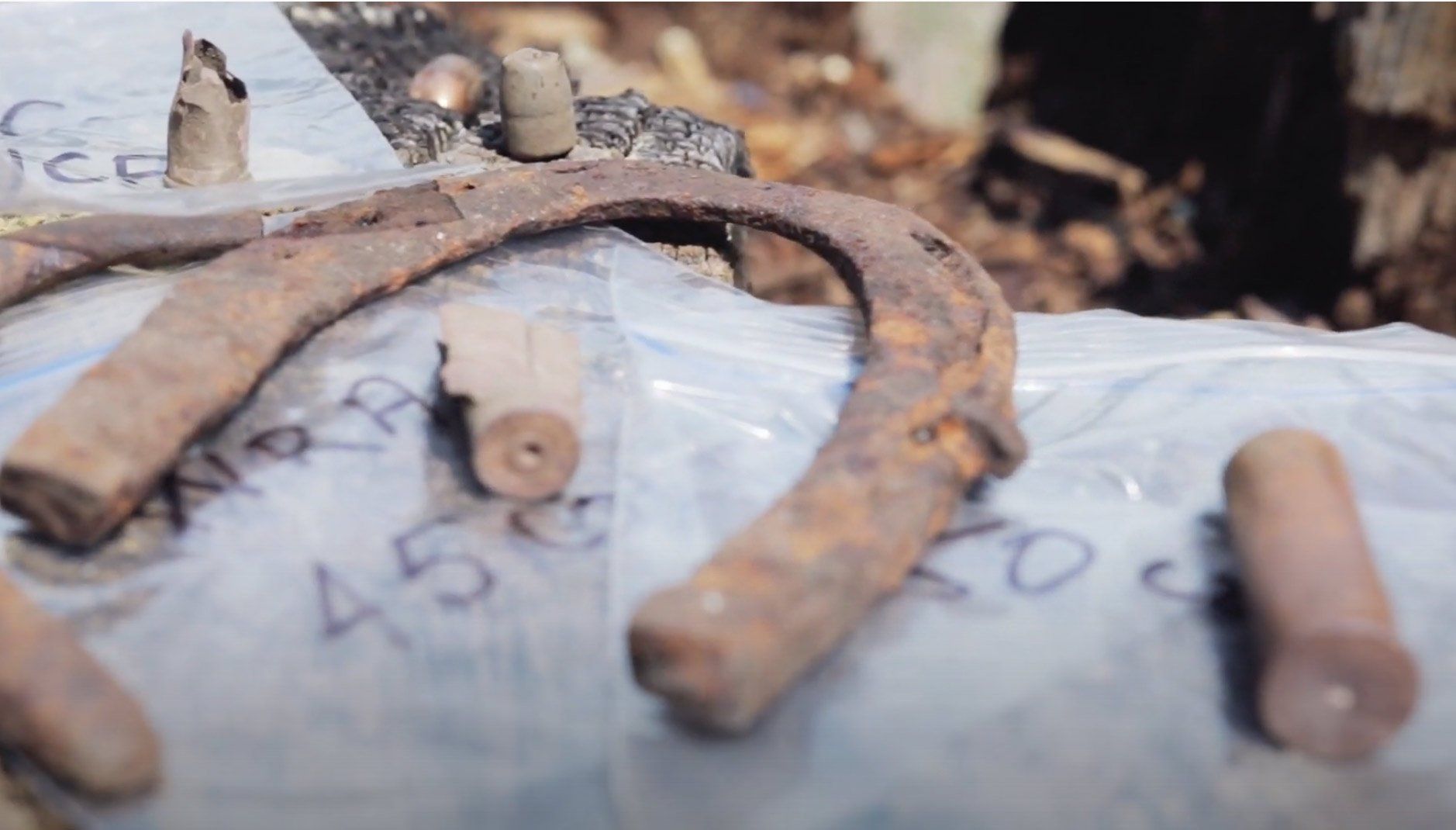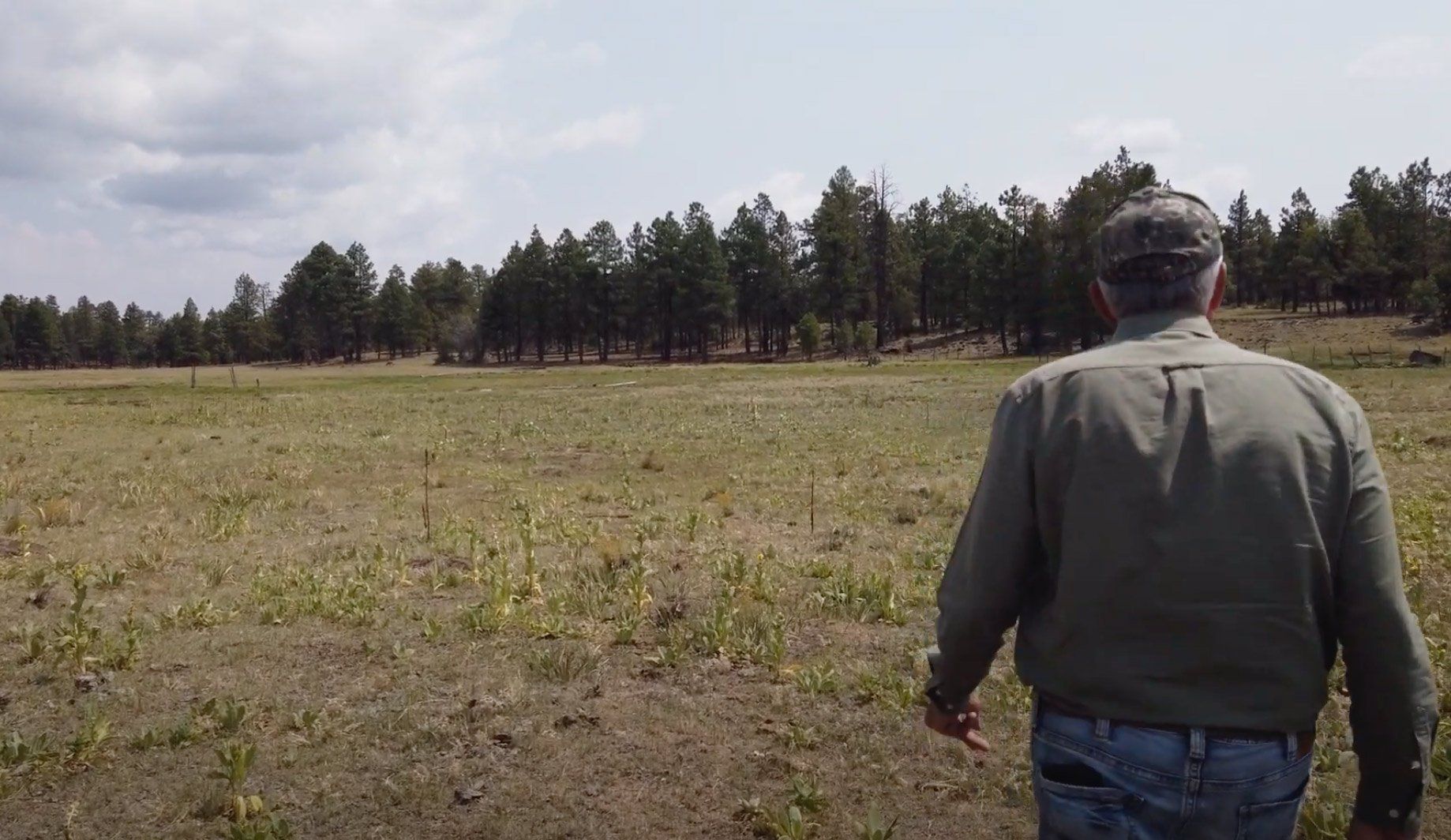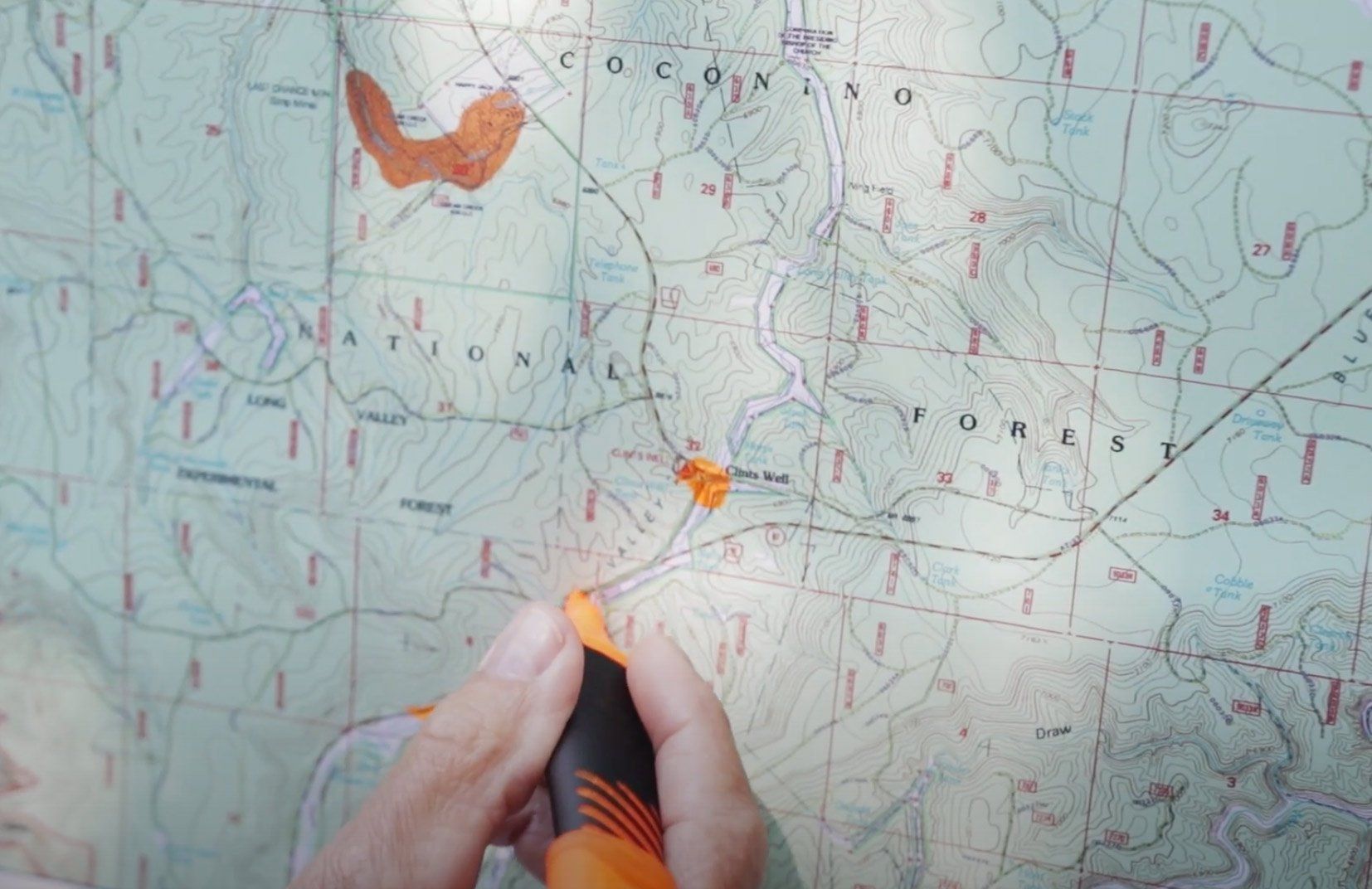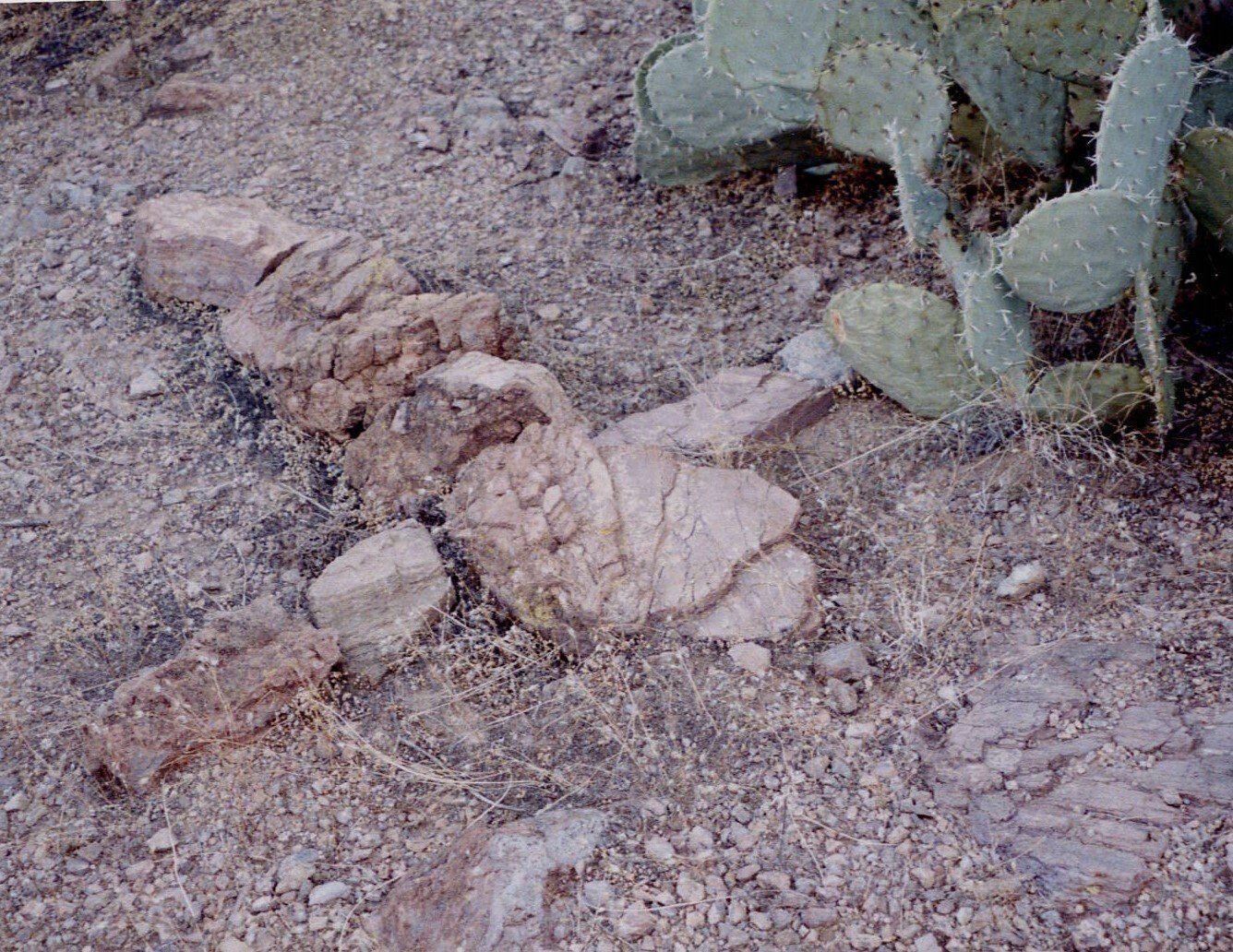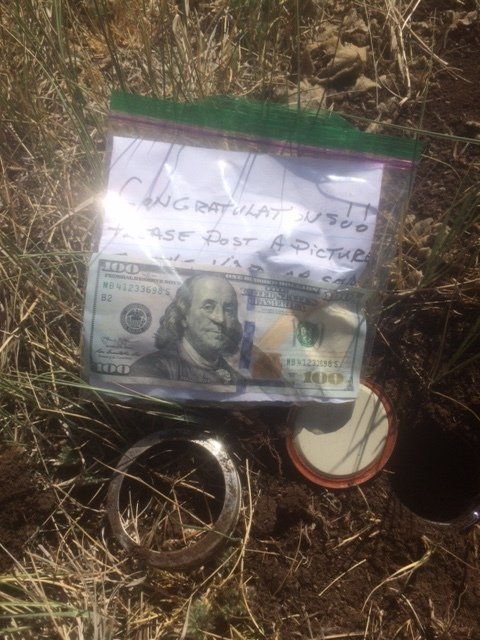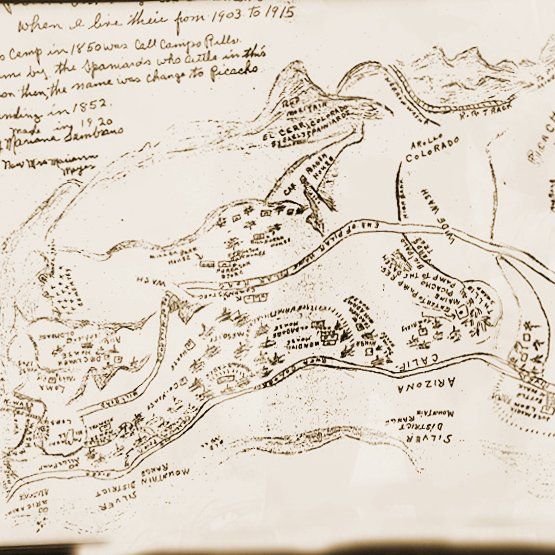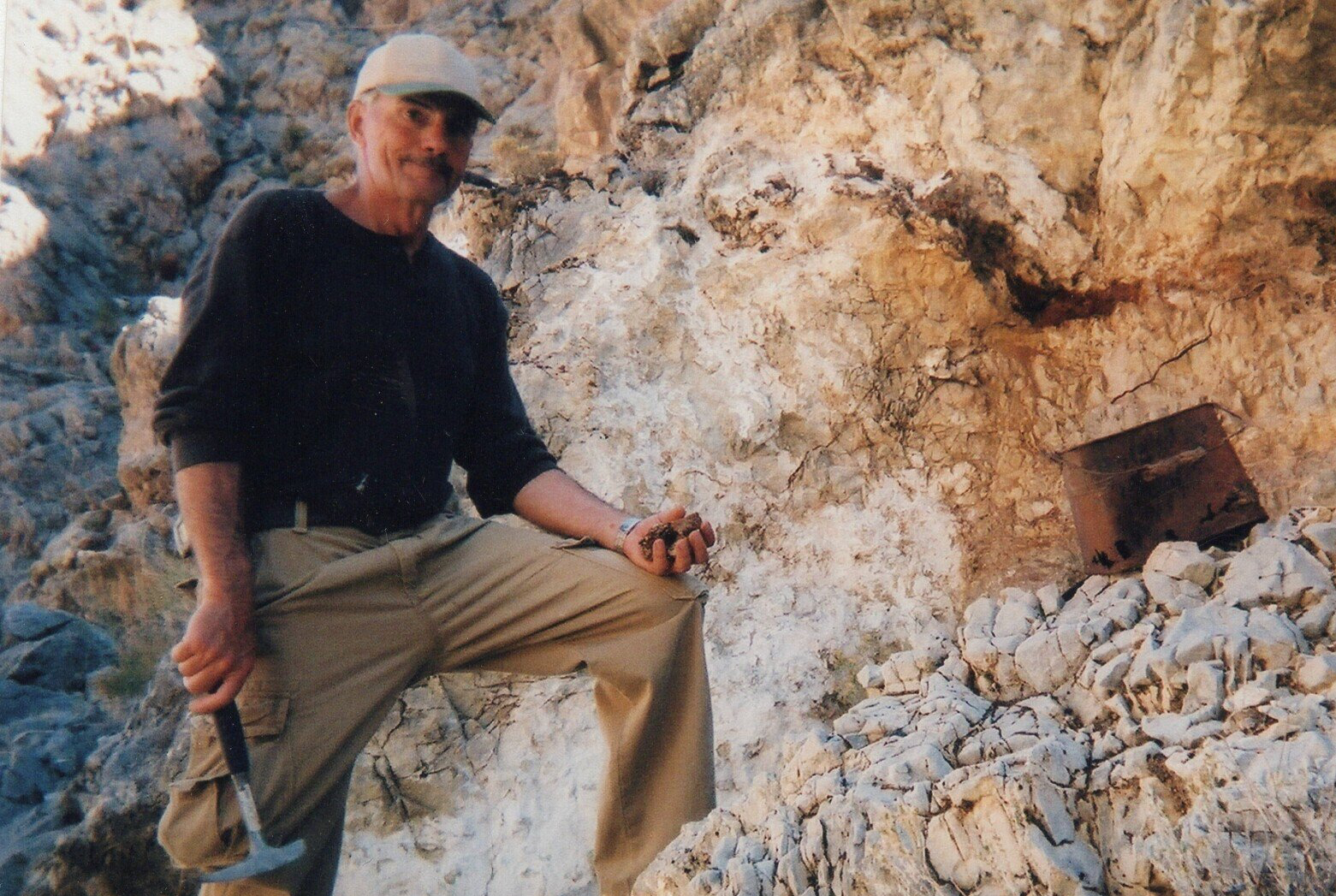$225,000 in Gold Coins
Greg Hawk • May 12, 2022
This story was another one told to me by John, whom I mention in my book. It is also a documented robbery and some details can be found online.
The location of the old Pine Springs Stage station is approximately 45 miles north and west of Payson, Arizona. More details on how to get there can be seen on the video. The elevation is about 7,500 feet so it is nice up here in the summertime and a good reason to escape the desert heat and do some camping.
The story goes that in 1879 a stagecoach carrying $225,000 in newly minted gold coin was robbed at the Pine Springs stage stop. The outlaws, led by Henry Seymour, robbed the stage as it came from Santa Fe, New Mexico and heading to the territorial capital of Prescott.
A passenger was killed and the stagecoach driver, Mose Stacey, escaped out the back of the stage station. The outlaws didn’t worry too much about his escape as they knew it was a good day’s ride to get to Prescott and back with the sheriff. What the outlaws didn’t know was that the sheriff and the posse were only a few miles away looking for some other outlaws when Mose Stacey ran into them.
Within a short time, the sheriff and posse surrounded the stage station with the outlaws inside and a gun battle ensued. After an all-night siege, the sheriff ordered the stage station set on fire from the back. When the four outlaws came out the front door they were met with a volley of rifle fire that quickly killed all four outlaws.
When the stage station fire was put out the sheriff and posse searched the building and never found the cache of gold coins.
Where did the gold coins go? Did the outlaws have a camp nearby where they had taken the chest of gold coins to bury them? Was there another member of the gang that got away with the gold?
All good questions and in my video I point out to where I think the old stage station stood. I also show where I found some old rifle cartridges I believe were used in that shootout. Enjoy!
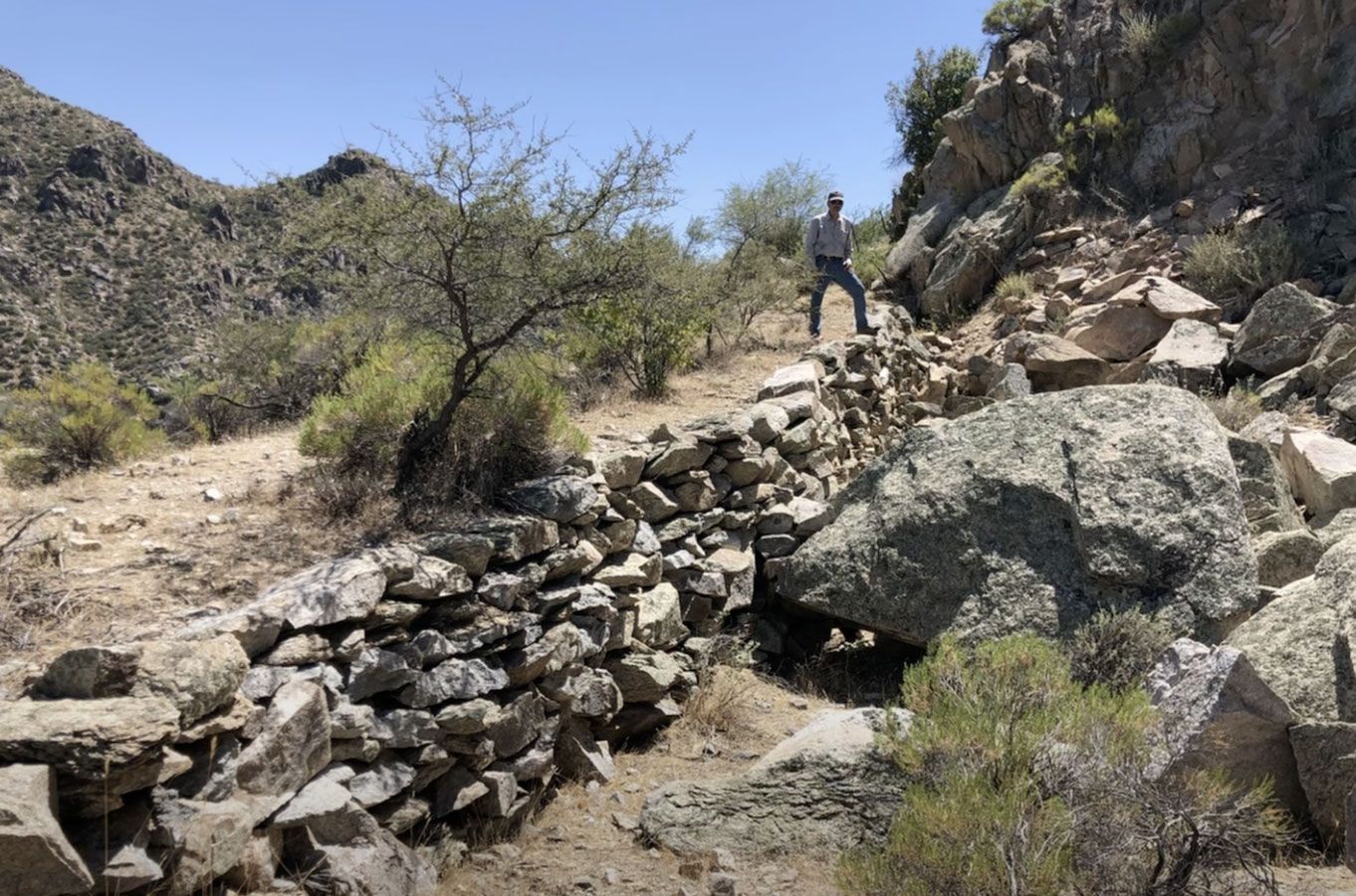
By admin
•
18 Aug, 2023
This is a true story of the Walnut Grove Dam Disaster of 1890 and the disappearance of Bob Brow's Saloon along with his safe and a barrel of whiskey. Many have looked for the lost safe for miles downstream of the dam but to no avail. Will our research through the archives of newspapers and books lead us to the possible location? Join us for a journey through history and to the location of the failed dam and constuction site as we search for the location of the saloon.
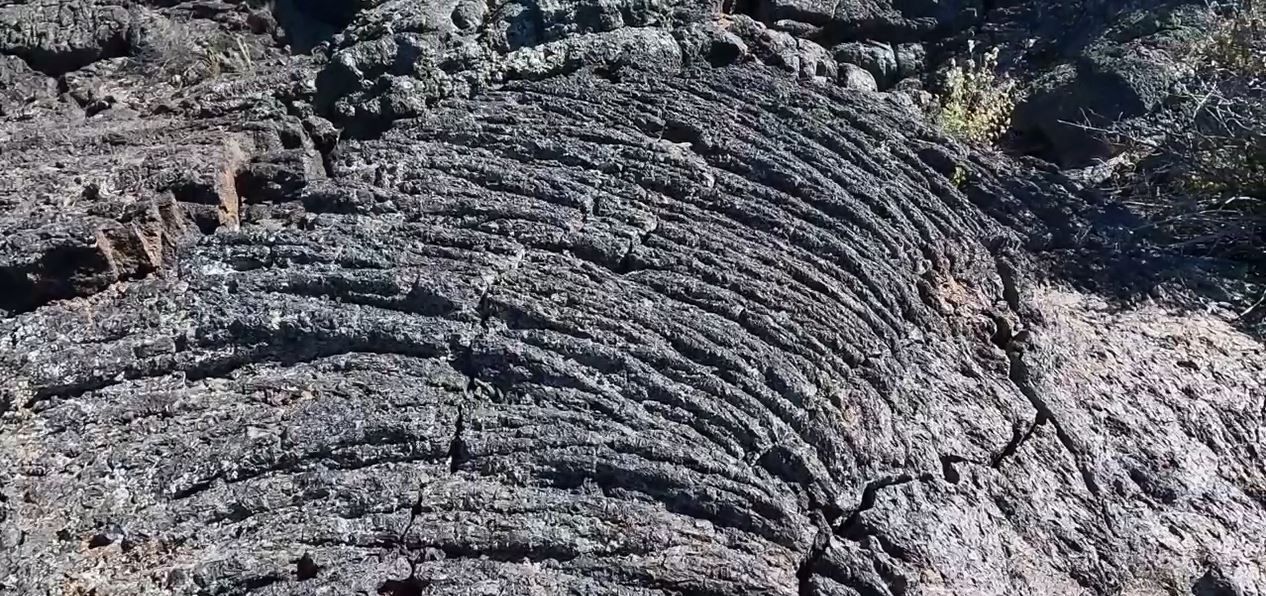
By Greg Hawk
•
07 Jul, 2023
In this video we tell of two stories that W.C. Jameson told about in one of his treasure books titled, “Lost Treasures of American History.” The first story titled, “Lost Spanish Treasure in the Lava Beds,” deals with 14 pack mules each carrying 300 lbs. of silver ingots on their way down to Mexico City from Spanish mines near Durango, CO. Supposedly the pack train got attacked but not before the Spanish had time to bury the silver and then tried in vain to fight their way out. Jameson’s stories may have a thread of truth to them, and he mentions at the end of this story that a rancher named Soloman Bilbo had married an Acoma Indian woman and learned of the Spanish massacre as it was passed down through generations by word of mouth. As you know the Native Americans didn’t care about treasure and were only interested in the horses, mules and the eradication of these Spanish intruders. So, how does Jameson come up with 14 pack mules of silver carrying 300 lbs. of silver each? A pack mule normally carries about 20% of its body weight and back then they were small and probably weighed no more than 400 to 500 lbs. meaning they probably were only carrying about 100 to 125 lbs. each. Also, the purity of the silver dore bars that were smelted at the mine were probably only about 70% pure. Taking all that into account thus trims the value down to about $500,000 at today’s prices. Was there a treasure and were they attacked coming or going from the mine? The second treasure story titled, “Black Jack Christian’s Lost Train Robbery Gold.” It was about a train robbery around Grants, N.M. that took place on November 6, 1897. Jameson tells of Black Jack and his two outlaw partners robbing the train of $100,000 in gold and silver coins along with a canvass bag full of watches, jewels and money they took from the passengers. In researching the story, I read a newspaper article written a couple of days after the robbery saying there were four outlaws not three. Next, I researched Black Jack Christian and found out he was killed in an ambush by a Sheriff’s posse and date of death was April 28, 1897. If that being the case then he wasn’t alive to rob the train on Nov. 6, 1897. Another fact is that $100,000 in gold coins, which were most likely $20 gold pieces, would weigh 1 troy ounce each so the weight would have been 342 lbs. If 20% was $1 silver coins the weight of the silver would have been calculated at 1 troy ounce being worth $1 or 20,000 troy ounces which would equal 1,371 lbs. Don’t think they hauled that much weight in their quick getaway. One must question the $100,000 in the robbery. Always remember to research the treasure story as often they are embellished to attract the greed that resides in many of us that clouds our judgment in seeking the truth. Cheers, Greg Hawk
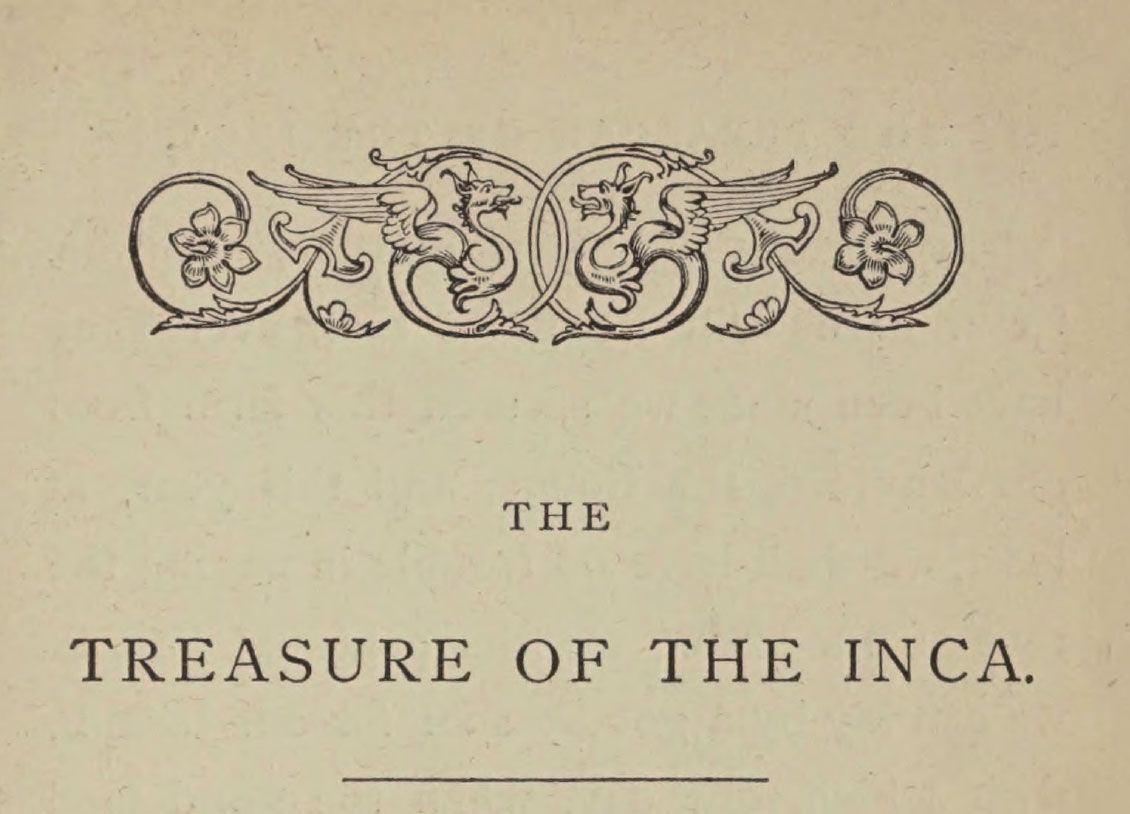
By admin
•
19 Jun, 2023
D o wnload the PDF eBook of "Treasure of the Inca" Entered according to Act of Congress, in the year 1870, by the LUTHERAN BOARD OF PUBLICATION, in the Clerk’s Office of the District Court of the United States in and for the Eastern District of Pennsylvania. 182 Pages Cheers, Greg Hawk
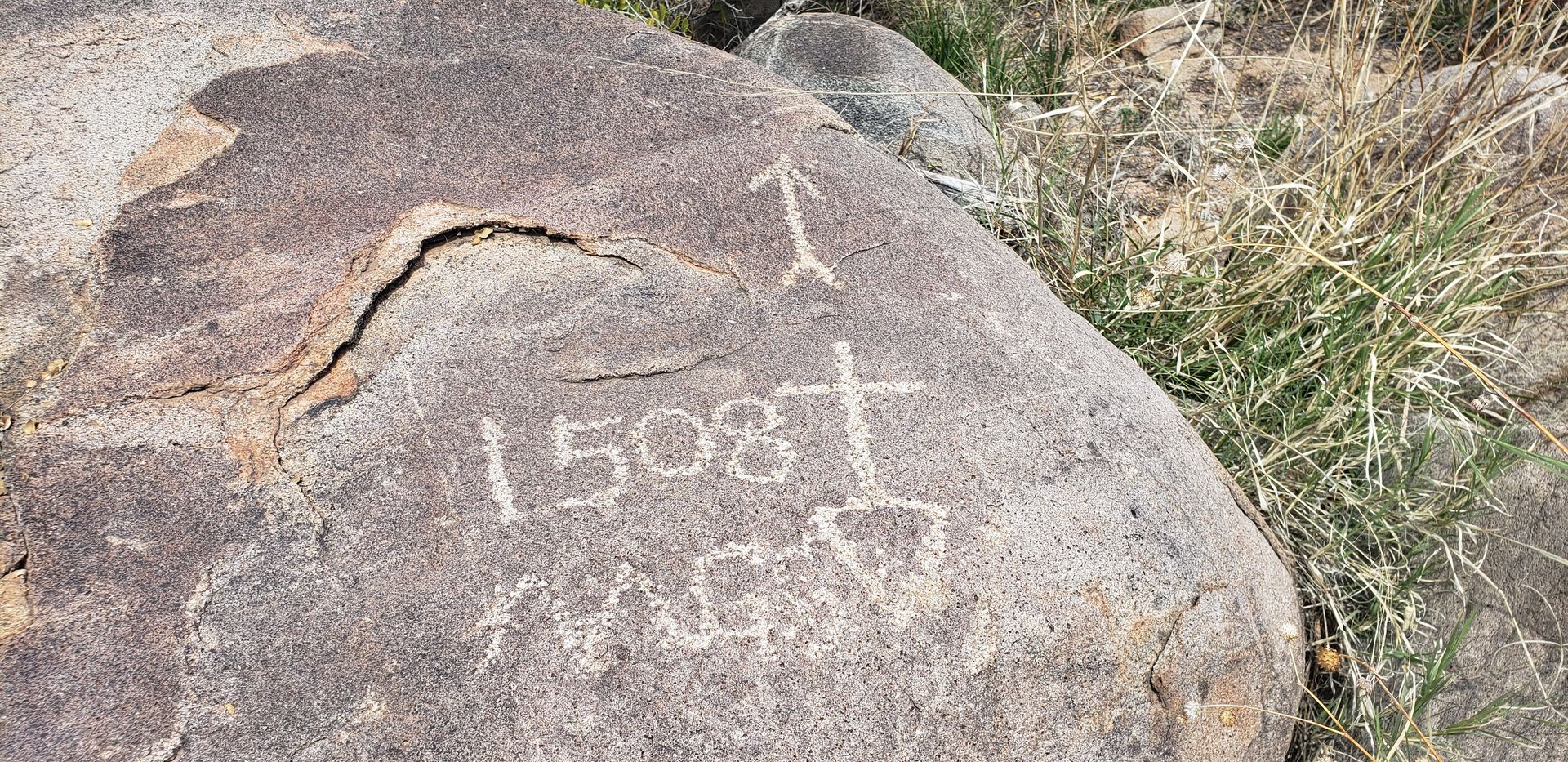
By admin
•
04 Apr, 2023
A good friend found this stone with the carving on it while out hiking in the mountains of Arizona. He took me there to show me it and through our reseach we know that the earliest that the Spanish were in the area was around 1520 and then again in 1540 but no records of anything earlier. So, what does this mean? With an arrow on top of stone I would say the 1508 has something to do with a distance. But a distance to what and is it in varas a Spanish measurement during that time period? A vara is approximately 33 inches. You have a cross and a triangle below it so what does that mean? There were no missions built yet in the area until Father Kino did in 1691. There were three built around 1629 in now what is the northeastern part of Arizona and they were destroyed during the 1680 Pueblo Revolt. So, if the 1508 is in varas could it mean 1508 varas to a church treasure or mine? We also found a few petroglyphs in the area which date back about as far as 1,800+ years ago. What are your thoughts? Cheers, Greg Hawk
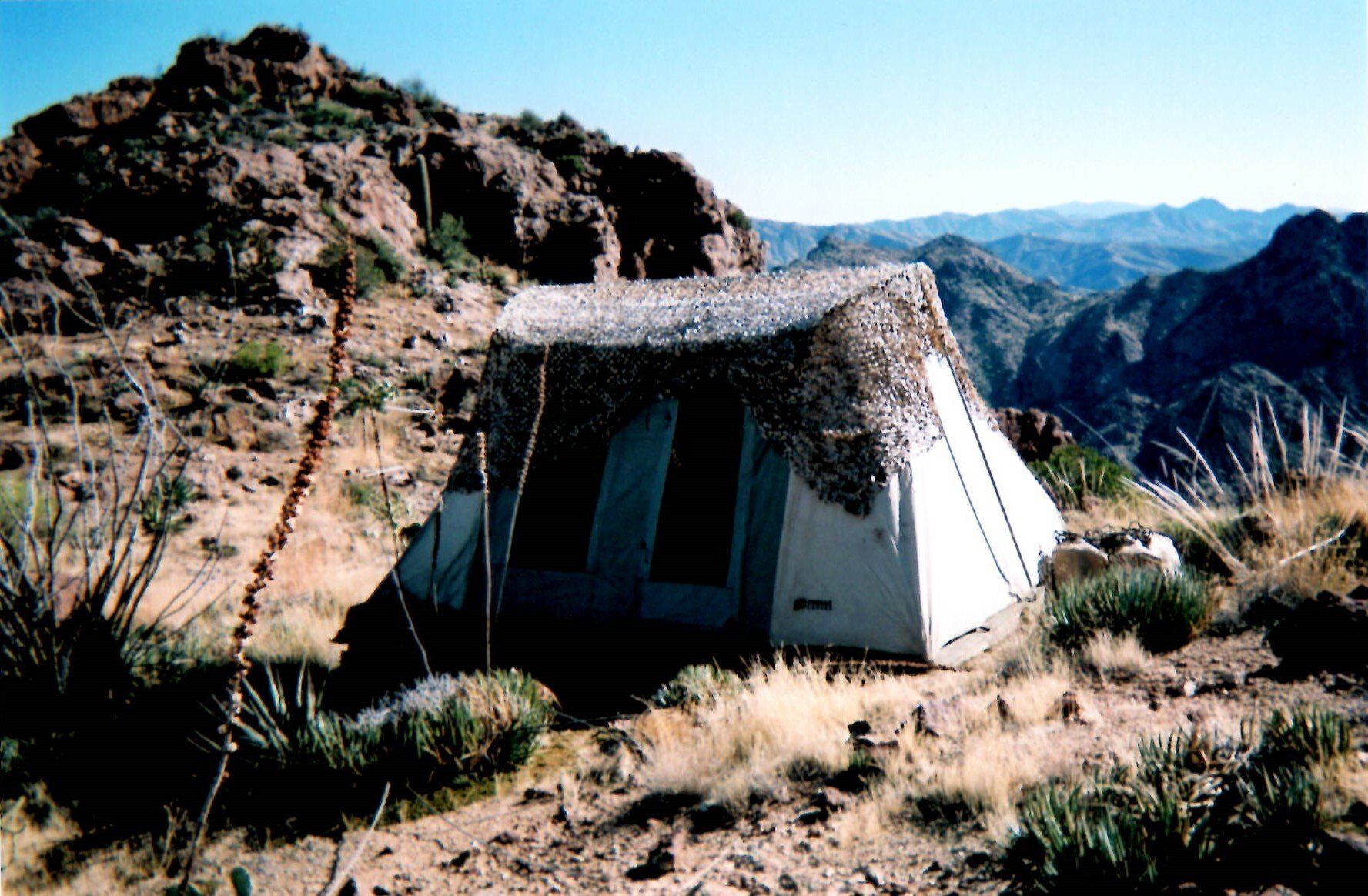
By Greg Hawk
•
21 Apr, 2022
This was a first story told to me by John, who I met in Strawberry, Arizona, and whom I write about in my book. He totally believed that he knew where the Lost Dutchman Mine was and he intertwined it with the Lost Two Soldiers Mine which makes one ask the question; Are the Two Lost Mines one of the same?
